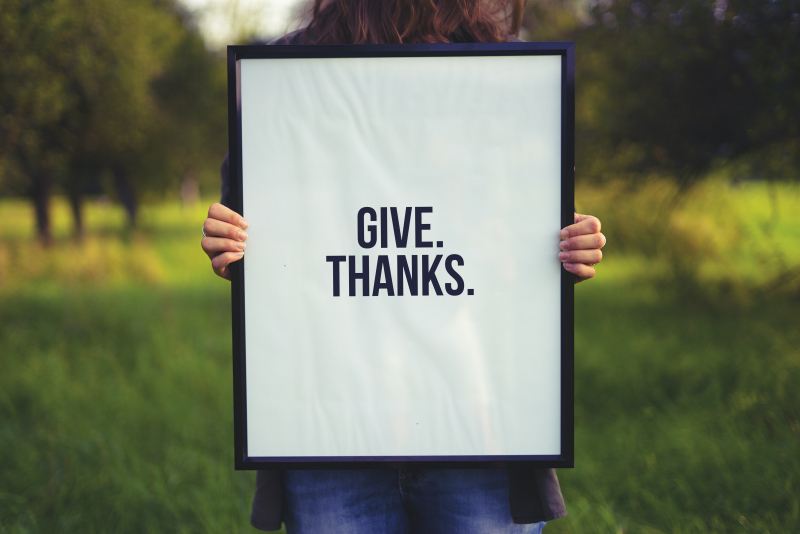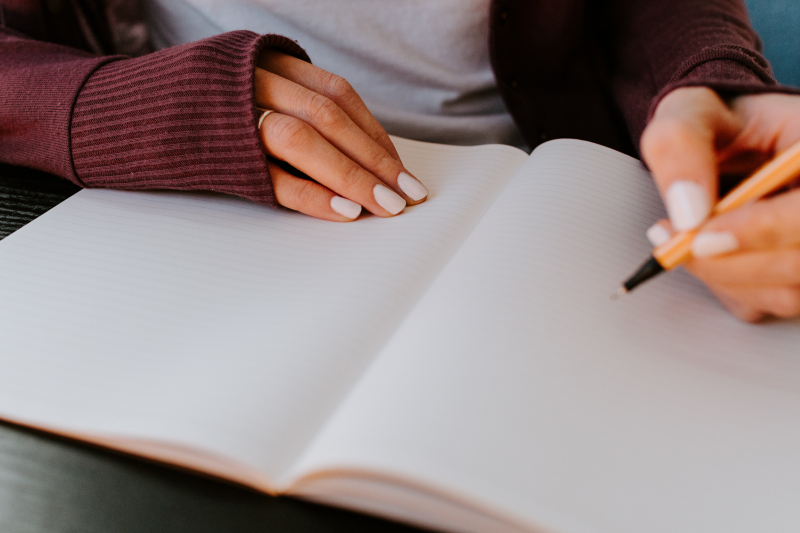Breathing exercises
When to use: anytime when you are feeling anxious – whether the feeling has just started growing or is in full swing. Calm breathing is the antagonist of anxiety.
Before practicing them in a stressful situation, however, it can be good to try out a few when you are calm and relaxed. This way you’ll learn how to do them and see which ones work best for you.
Don’t use if: you are not actually feeling anxious (even if an exam is coming up). Sometimes, feeling a little nervous can help us pull ourselves together and assess any upcoming situation adequately to meet its challenges. Excessive relaxation can work as a hindrance against completing what we set out to do.
Other don’ts are cardiovascular or respiratory diseases – if you do have any, consult your doctor before you practice any kind of breathing exercises so as not to interfere with your condition.

Credit: Benjamin Child via Unsplash
Meditation
When to use: when you have too many thoughts you can’t control, have trouble concentrating, or experience anxiety. Various meditation techniques do take some time to master and are usually not meant for emergencies (apart from a few special ones). Meditation has a long-term effect of reducing tension, relieving stress, alleviating some mental health issues, and contributing to your overall health. If you want to give it a try, here’s our beginner’s guide.
Don’t use if: you have any kind of mental disorder (depression, bipolar disorder, etc.), unless you’ve cleared it with your therapist first – this is very important. Additionally, as some meditations target your breathing, you should consult your doctor before practicing if you have cardiovascular or respiratory diseases. So, the golden rule is: always consult a specialist first if you have reason to doubt that meditation can be good for you.

Credit: Simon Maage via Unsplash
Gratitude practices
When to use: as they require some reflection and focus, these practices are not meant for emergencies. However, not unlike meditation, when practiced regularly, they can improve your well-being and help you truly appreciate everything you have in your life.
In terms of how to practice, you can keep a gratitude journal (listing the things you are grateful for every day) – however, this is not the only way. You can also remind yourself to spend several minutes a day answering the following questions:
- Who am I grateful to and for what? (use the person’s name and the exact thing you are grateful for; don’t settle for generic phrases; it could also be a pet).
- How do I express my gratitude? Is it easy for me or do I feel shy? Do I do it as payback or do I genuinely want to do something for the other person?
- How do I feel when someone is grateful to me? Can I accept their gratitude?
Don’t use if: although there are no general contraindications, you should always consider your feelings before doing the exercise. For instance, you might not feel the benefits if you are under stress or close to a breakdown.

Credit: Kelly Sikkema via Unsplash
The circle of influence and the circle of concern
This exercise is based on the concept popularized by Stephen Covey, which originally related to personal time management. It essentially involves two circles, one inside the other: the smaller one is your circle of influence/control – the things you can control and change directly; the bigger one is your circle of concern – the things you care about, but can’t actually have an impact on.
When to use: whereas for highly effective people described by Covey this was a way to, well, become more effective, the exercise can also be used when you’ve been feeling anxious or lost for a while. When you list the things you can control (e.g., how well you prepare for an exam or an interview) and that are beyond reach (e.g., what your teacher/employer thinks of you), you may experience relief and a renewed sense of focus. It will help you stop dwelling on the things you can’t really influence, redirecting your energy towards something you can directly benefit from instead.
Don’t use as an emergency measure, as the exercise requires some time to complete, as well as a good deal of reflection – maybe even some changes to your daily habits. This approach will work especially well for people who are used to using more behavioral- or habit-centered techniques to tackle their challenges.
If you want to practice your Russian while learning some good tips for your mental health, follow ITMO’s Medical, Psychological and Social Assistance Center on Telegram. You can also check out our previous stories about mental health for more advice on a range of topics.




